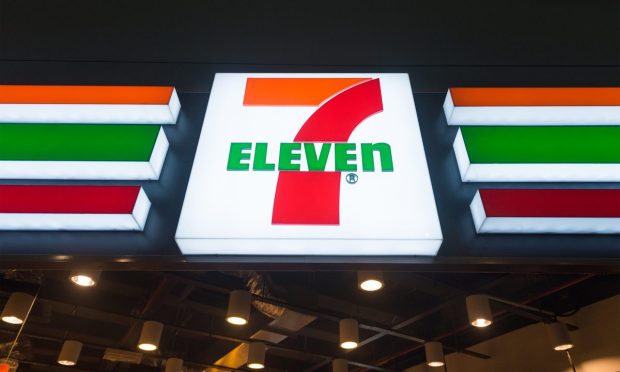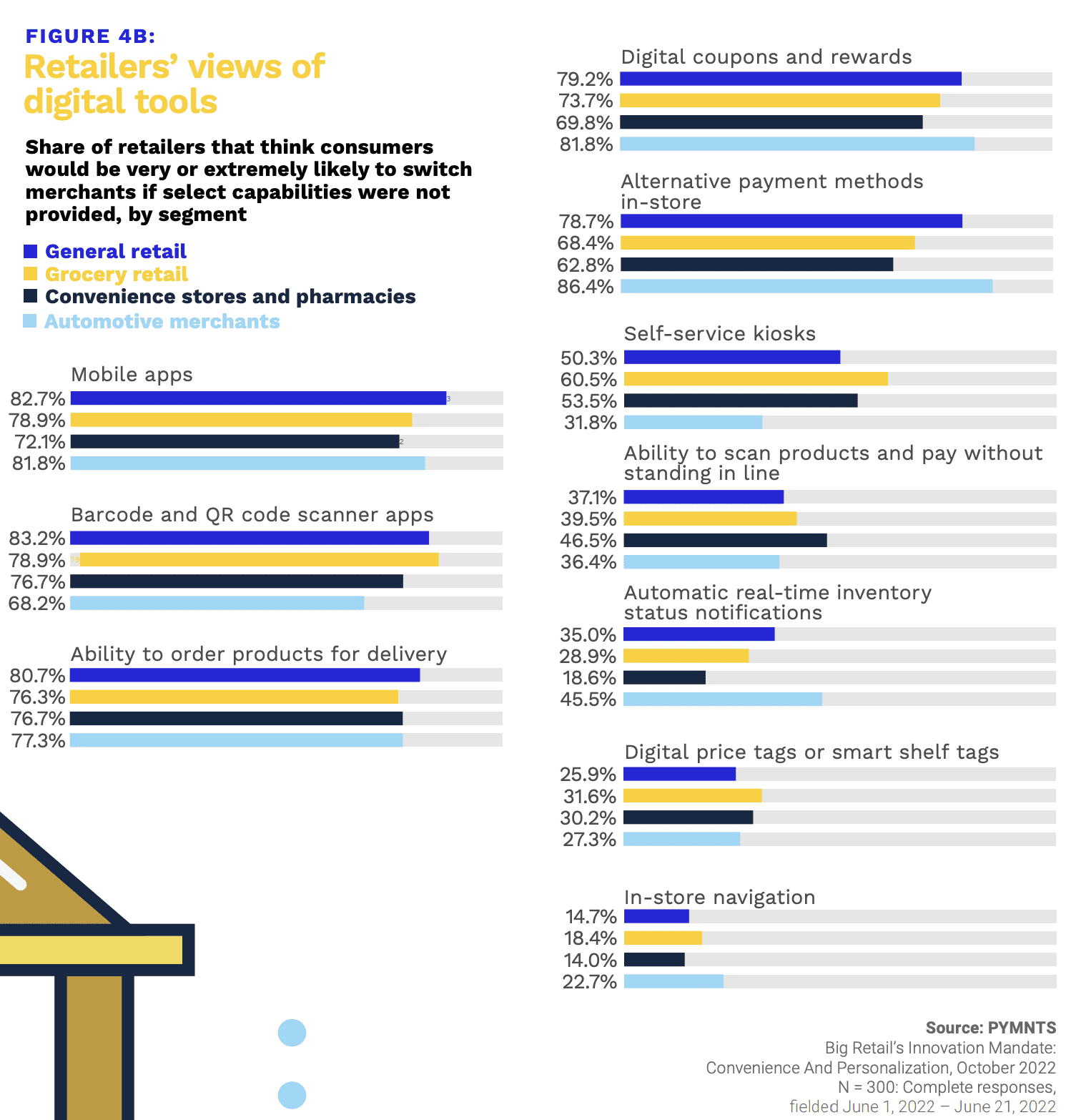Convenience Stores Prioritize Scan and Pay as Other Retailers Hold Off

As retailers weigh the pros and cons of scan-and-pay, PYMNTS data shows convenience stores are amenable.
The Context
Self-checkout technologies can be a mixed bag for retailers. On the one hand, they save on labor and can improve the in-store experience for shoppers who prefer the option, boosting loyalty. On the other hand, issues of scan avoidance have been documented for years, and retailers are well aware.
These issues can be exacerbated by in-app scan-and-go features, whereby consumers scan items and pay for them as they move through the store, making this form of self-service more difficult to monitor than when consumers check out at a designated kiosk area.
Wegmans, a regional supermarket chain with more than 100 East Coast stores, informed shoppers in September that it was shutting down its check-out-as-you-go SCAN app.
On the other hand, convenience retail giant 7-Eleven has been offering own-device mobile checkout for years, initially launching its Scan & Pay option in 2018 within the store’s mobile app. The option remains available at participating locations, according to the convenience store chain’s website. In the summer of 2021, 7-Eleven expanded this Mobile Checkout option to 3,000 U.S. stores as an option for loyalty program members.
By the Numbers

Research from PYMNTS’ study “Big Retail’s Innovation Mandate: Convenience and Personalization,” created in collaboration with ACI Worldwide, which drew from a survey of 300 retailers across the United States and the United Kingdom, finds that convenience retailers are disproportionately likely to be view scan-and-go technology as a net positive.
The report noted that 39% of retailers overall believe consumers would be very or extremely likely to switch merchants if they were not offered the ability to scan products and pay without standing in line. Yet, for convenience stores, that share is significantly higher. Nearly half (47%) of convenience stores and pharmacies reported believing the same.